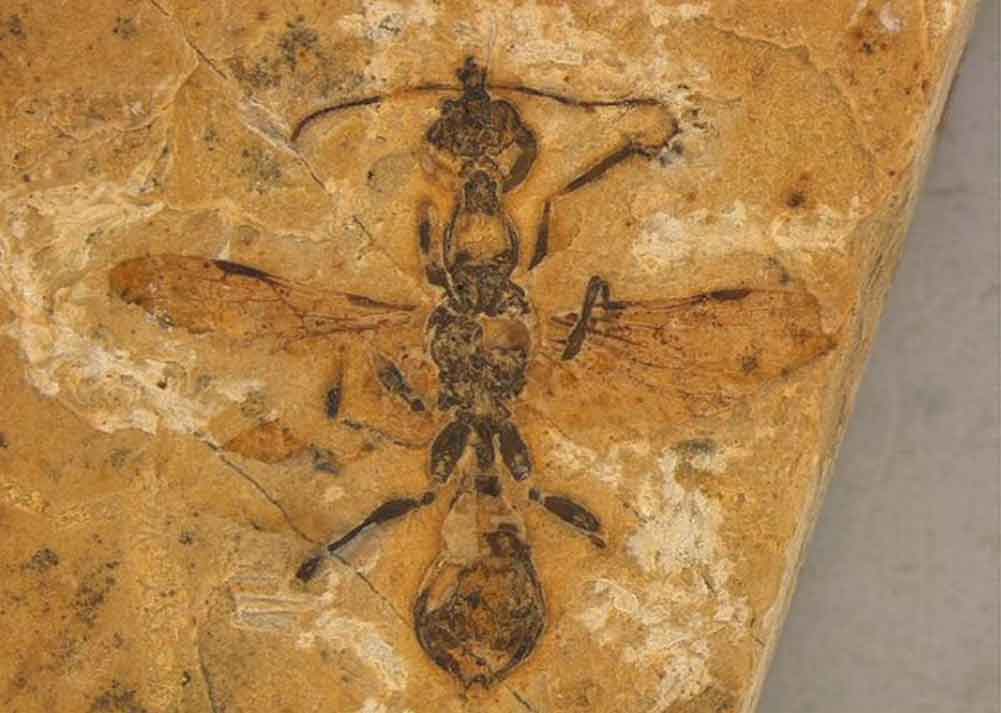
Brasilia, April 27. - A 113 million-year-old ant that lived in northeastern Brazil is today the oldest example of that type of insect known to science.
Preserved in limestone, the ant is a member of the Haidomyrmecinae, an extinct subfamily that lived only during the Cretaceous period, the last one of the Mesozoic Era and the longest in the planet's geological history, lasting about 77 million years.
These hymenoptera possessed highly specialized, sickle-shaped mandibles, which they likely used to immobilize or impale their prey.
“Our team discovered a new fossil species of ant, which represents the oldest and most indisputable geological record of ants,” said Anderson Lepeco of the Zoology Museum at the University of São Paulo (USP), author of the study, as quoted by the R7 website.
What makes this discovery particularly interesting is that it belongs to an extinct species known for its strange predatory adaptations.
Despite belonging to an ancient lineage, this species already had highly specialized anatomical characteristics, suggesting unique hunting behaviors, he added.
So far, the oldest ants have been discovered in France and Myanmar, but preserved in amber rather than limestone.
Lepeco and his team discovered this "remarkably well-preserved" ant specimen while examining the world's largest collections of fossil insects from the Crato Formation in the northeastern state of Ceará, a deposit renowned for its exceptional preservation.
The collection is housed at USP's Zoology Museum. "When I found this extraordinary specimen, we immediately recognized its importance, not only as a new species, but as potentially definitive evidence of the presence of ants in the Crato Formation," Lepeco noted.
Computerized microtomography images (a 3D imaging technique that uses X-rays to visualize the interior of an object) showed that the newly discovered ant was closely related to primitive insects, as they were previously known only from specimens preserved in Burmese amber, a type found in Myanmar.
Unlike modern ants, which have mandibles that move laterally, this one had ones that extended forward, parallel to the head, and a facial projection anterior to the eyes, the researchers noted.
R7 points out that the discovery of such an anatomically specialized ant from 113 million years ago calls into question assumptions about the speed with which these insects developed complex adaptations. (Text and Photo: PL)